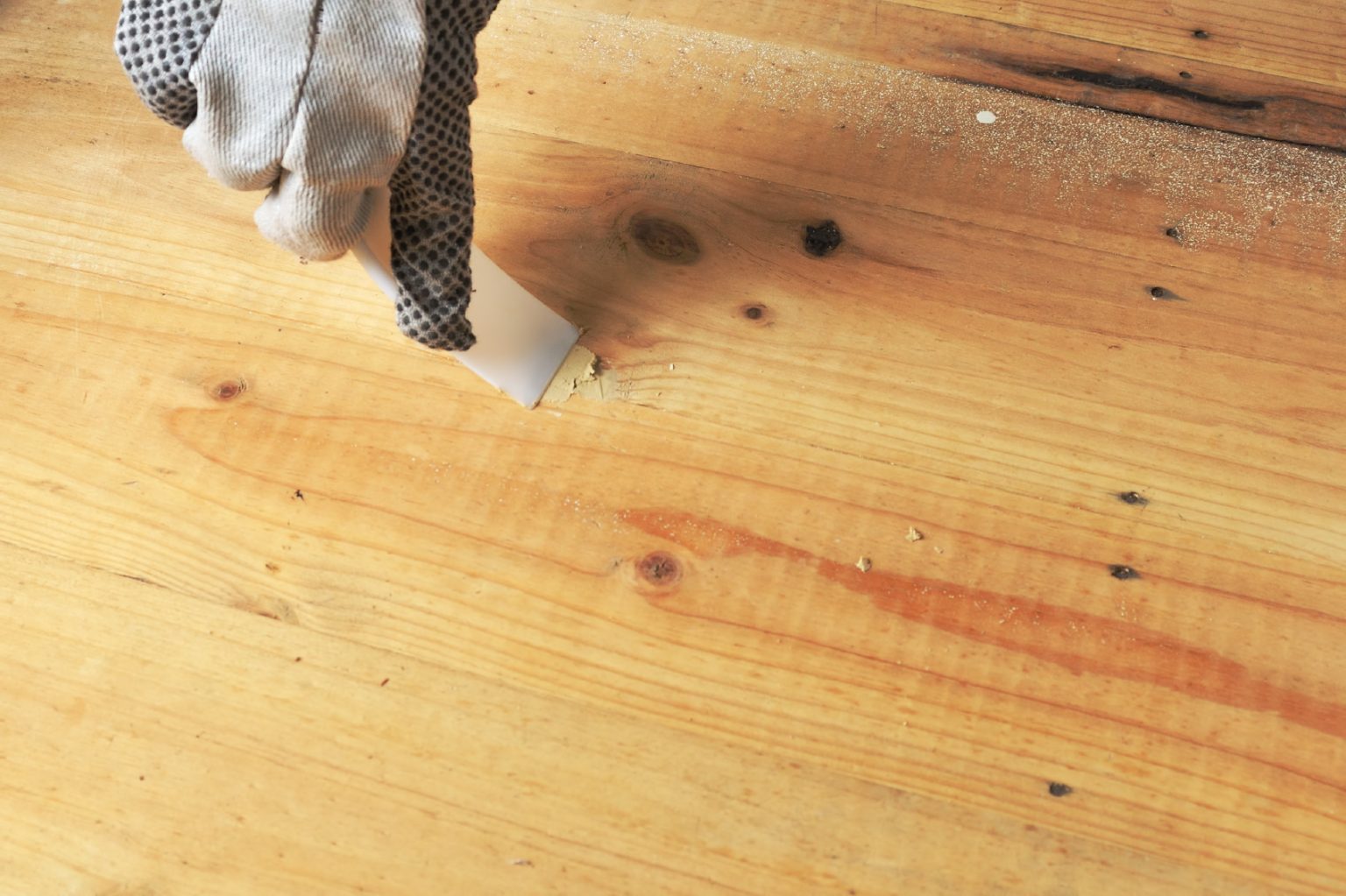
Due to its flexible nature, it will expand and contract with the wood during changes in temperature and humidity. Wood Putty Wood Putty ApplicationsĪs mentioned previously, wood putty is typically used to cover up small blemishes left by brad nails, finish nails, and other minor imperfections. It’s also not meant to be used as a replacement for mechanical fasteners. Keep in mind wood filler is not a true structural material and is not designed to improve the strength of joints. This leads to a strong bond with the wood.īecause it hardens, it helps the existing wood maintain its integrity. After the filler is applied, the thinner evaporates causing the filler to dry and harden. Wood filler is made from wood particles and fibers mixed with a binder and a thinner. Because it doesn’t dry completely firm, it’s typically used to fill very small holes, where a total cure is not necessary. It’s commonly used for fixing small blemishes on finished projects like brad nail holes and joint blemishes. The pigment is used to match the color of the putty with the color of the finished wood.


Its sometimes referred to as “plastic wood” and typically consists of plastic chemicals, oil-based compounds, and often a pigment. Wood putty is a pliable non-hardening paste that dries firm but not completely hard like wood filler. While the terms ‘wood putty’ and ‘wood filler’ are commonly used interchangeably, strictly speaking, these are two different products with distinct use cases.


 0 kommentar(er)
0 kommentar(er)
